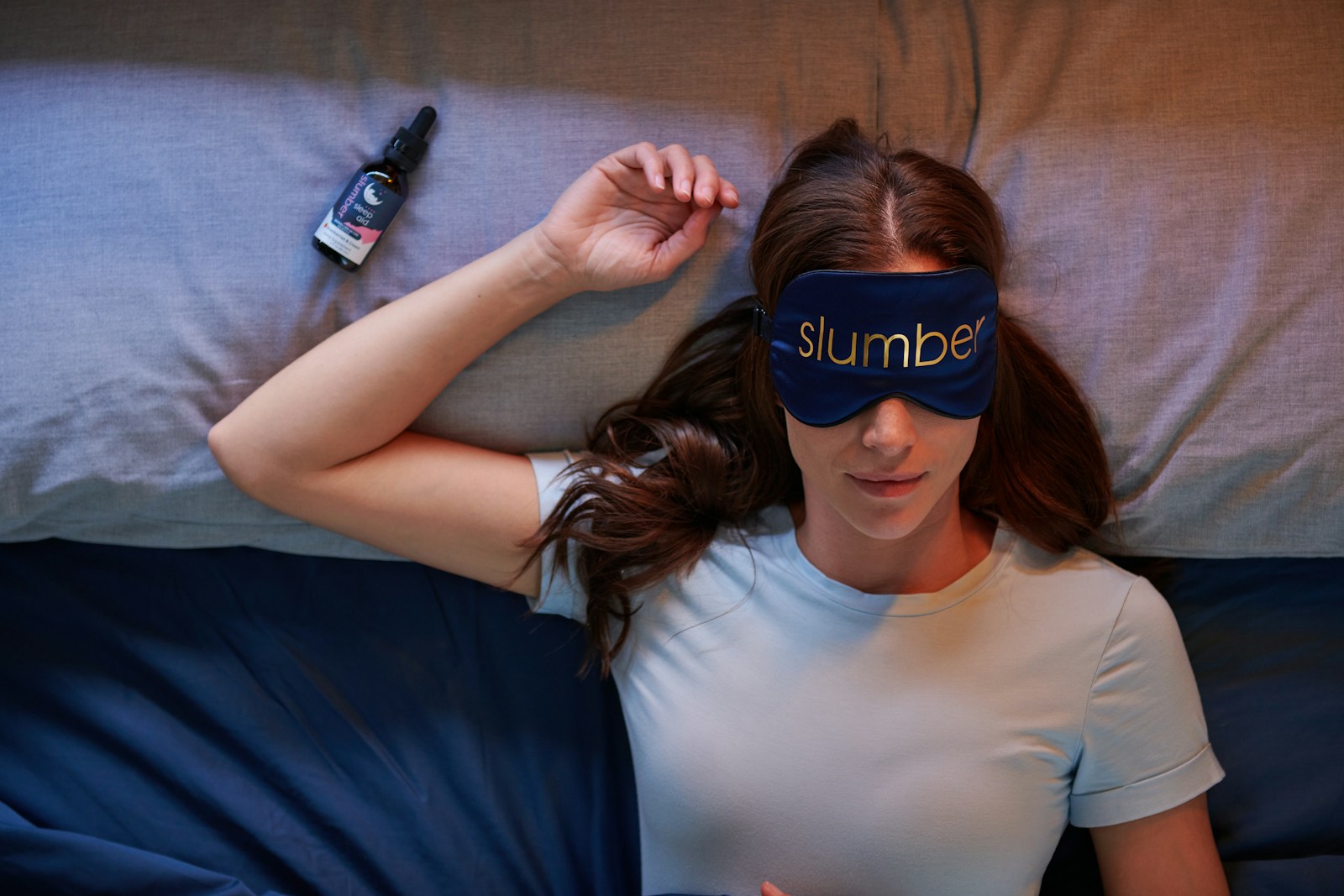
The everyday pressures of life, whether stemming from work, financial responsibilities, family dynamics, or the constant effort to maintain health, can often culminate in overwhelming anxiety. For many, this battle with anxiety might be a lifelong companion, tracing back to childhood, while for others, it may emerge later in life. Regardless of when the symptoms first appear, that persistent feeling of a mind in overdrive, constantly anticipating the worst, is a deeply unsettling experience.
You are certainly not alone in this journey. Anxiety disorders represent the most common mental illness in the United States, affecting a staggering 40 million adults, according to the Anxiety and Depression Association of America. While medication can be a helpful and effective pathway for many seeking relief, offering a sense of calm and control, it’s also true that this serenity can sometimes come with its own set of challenges, such as trouble sleeping, decreased libido, jumpiness, or increased hunger, which are among the common inconveniences associated with drug treatments.
Fortunately, for those looking to manage their fears and nerves, pharmaceutical intervention is not the only option. There’s a powerful and proven toolkit of natural, drug-free approaches available that can significantly ease anxiety symptoms and enhance overall well-being. These techniques focus on empowering individuals with practical, actionable steps to address anxiety at its roots, fostering a greater sense of control and understanding over one’s mental health. Let’s explore some of these simple, yet profoundly effective, strategies to reclaim your peace of mind.

1. **Embrace Physical Release: Scream, Punch, or Stomp It Out**As children, many of us were taught to suppress strong emotions, often encouraged to use our “inside voice” and avoid shouting. However, as adults, we have the autonomy to rewrite these rules, especially when it comes to managing pent-up frustrations and anxiety. Instead of allowing these emotions to fester and become overwhelming, a healthy, controlled release can be incredibly therapeutic. The more we fight anxiety, the more entrenched it can become; conversely, embracing it as a temporary experience and then actively letting it go can be profoundly liberating.
This doesn’t imply unleashing your emotions in a way that creates fear or discomfort for others. Rather, it means finding a safe and controlled environment to express intense feelings physically. This might involve screaming at the top of your lungs, vigorously punching a pillow, stomping your feet with intention, or pounding your chest. The goal is to do whatever helps you physically externalize and discharge the emotional energy that often gets “stuck in our bodies,” as noted by a Los Angeles-based yoga teacher who developed a class called Tantrum Yoga, which encourages such unconventional methods to prevent stress and potential illness.
The act of consciously choosing to release these emotions can interrupt the anxiety cycle, shifting focus from rumination to physical sensation and then to relief. This active participation in emotional release can serve as a powerful counter-response to the feeling of being trapped by anxiety, empowering you with a tangible method to process and move past intense moments of stress.
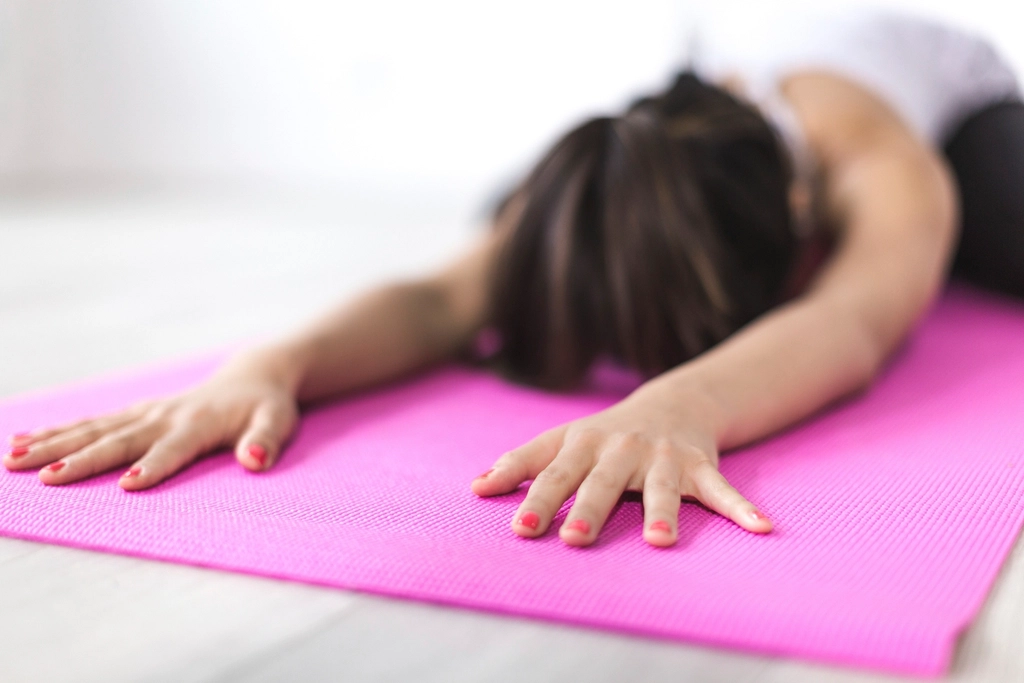
2. **Harness the Power of Movement: Exercise, Yoga, and Tai Chi**When your mind is racing with anxious thoughts, the idea of engaging in physical activity might seem like the absolute last thing you want to do. Concerns about post-workout soreness or even irrational fears of overexertion can quickly derail any motivation. Yet, in reality, exercise stands out as one of the most effective natural solutions for anxiety, offering a multitude of benefits that extend far beyond physical fitness.
Physical activity triggers the release of endorphins, often referred to as natural mood boosters, and serotonin, both of which contribute to an improved emotional state. When you feel better internally, your entire perspective on life tends to brighten. Moreover, exercise serves as a powerful mental distraction; your brain is simply incapable of focusing equally on two things at once, allowing movement to temporarily shift your attention away from your problems and anxious thoughts.
The recommendation is to aim for at least 30 minutes of physical activity three to five days a week. It’s crucial to understand that this doesn’t necessitate grueling or painful workouts. Any form of movement is beneficial, whether it’s putting on your favorite music and dancing around the house, going for a brisk walk, or engaging in calming practices like yoga or Tai Chi. Yoga, in particular, combines physical postures with breathing techniques and meditation, which are excellent for reducing tension and promoting relaxation. Regular movement not only helps regulate anxiety levels but also fosters overall mental clarity and resilience.

3. **Optimize Your Sleep Hygiene: Give Yourself a Bedtime**In a world that often glorifies being busy, sacrificing sleep can sometimes be seen as a badge of honor, with some individuals proudly claiming to thrive on just three or four hours of sleep a night. However, this mindset overlooks a fundamental biological truth: humans, unlike robots, require adequate sleep to function properly. Chronic sleep deprivation, regardless of its cause—insomnia, intentional sleep restriction, or being a self-professed night owl—significantly increases your susceptibility to anxiety.
Poor sleep not only worsens existing anxiety symptoms but also makes it harder for your body and mind to cope with daily stressors. Sleep is when your brain processes information, consolidates memories, and clears out waste products, all crucial for emotional regulation and cognitive function. When this essential process is disrupted, your internal alarm system, as psychologist Craig N. Sawchuk, Ph.D., L.P., co-chair for clinical practice in the Mayo Clinic Department of Psychiatry & Psychology, might describe it, is more prone to misfiring, leading to heightened anxiety.
Doing yourself, and those around you, a favor by prioritizing 8 to 9 hours of quality sleep every night is a powerful step towards anxiety management. Developing a consistent bedtime routine is key. This could involve reading a book, practicing gentle stretching, or engaging in any other relaxing activity that signals to your body that it’s time to wind down. Optimizing your sleep environment by keeping your bedroom cool, dark, and quiet, and limiting screen time before bed, further enhances the quality of your rest, paving the way for better mornings and a more resilient mind throughout the day.
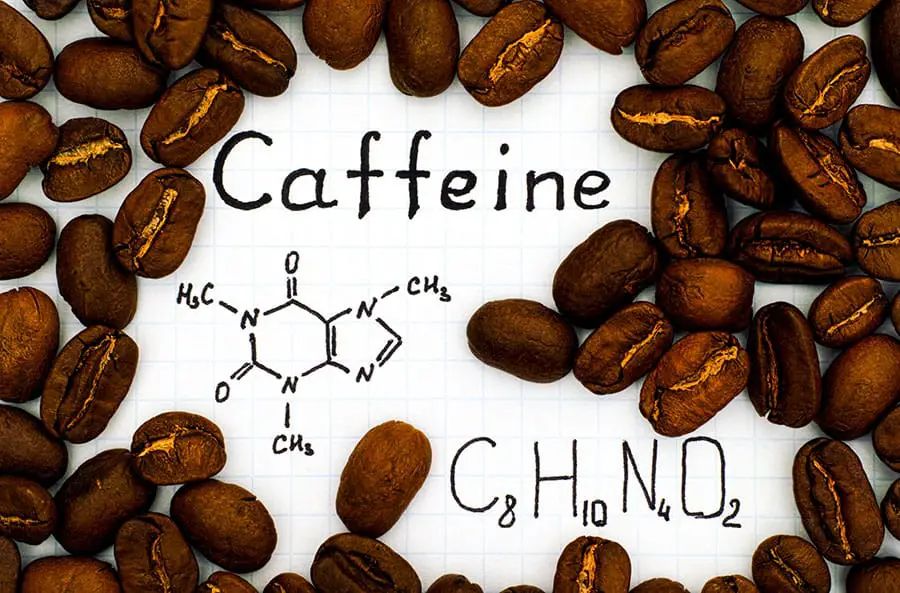
4. **Mindful Consumption: Rethink Caffeine and Alcohol**While a morning cup of coffee, a piece of chocolate, or an ice-cold soda might initially offer a temporary boost or sense of comfort, for individuals prone to anxiety, caffeine can actually exacerbate symptoms. Caffeine delivers a jolt to the nervous system, which, while increasing energy levels, can, under pressure, induce or worsen an anxiety attack. This nervous energy can mimic or intensify the physical sensations of anxiety, making it harder to distinguish between normal physiological responses and anxiety triggers.
The mere thought of completely abandoning your favorite caffeinated beverage might, ironically, trigger a surge of anxiety. However, the solution isn’t necessarily to quit cold turkey or eliminate caffeine entirely. It’s about moderation. Instead of consuming multiple large cups of coffee throughout the day, consider scaling back to one or two normal-sized cups—meaning 8 ounces, not the super-sized 16 or 32-ounce servings. Experiment with this reduction and observe how your body responds.
As you gradually reduce your caffeine intake, introduce alternative beverages like decaffeinated herbal teas, many of which are known for their calming properties and ability to soothe both mind and nerves. Similarly, alcohol, while sometimes perceived as a relaxant, can disrupt sleep patterns and negatively impact mood, ultimately worsening anxiety in the long term. Limiting or avoiding both caffeine and alcohol can significantly contribute to a more stable nervous system and reduce the frequency and intensity of anxiety symptoms.

5. **Nourish Your Body with an Anxiety-Reducing Diet: Don’t Skip Meals**When anxiety causes nausea, the idea of eating can be highly unappealing, making meal-skipping a common habit. However, this practice can inadvertently worsen anxiety. Skipping meals leads to a drop in blood sugar, which in turn triggers the release of cortisol, a stress hormone. While cortisol can be beneficial for performance under acute pressure, for someone already prone to anxiety, elevated levels can intensify feelings of worry and nervousness, creating a vicious cycle.
Beyond regular meal timing, the quality of your diet profoundly impacts your anxiety levels. This isn’t an invitation to overindulge in processed foods or sugary snacks. While sugar doesn’t directly cause anxiety, a sudden sugar rush can manifest physical symptoms akin to anxiety, such as nervousness and shaking. Obsessing over such reactions can even escalate into a full-blown panic attack, highlighting the delicate interplay between diet and mental state.
To support long-term anxiety management, focus on incorporating a variety of anxiety-reducing foods into your diet. This includes omega-3 rich foods like salmon, walnuts, and chia seeds; magnesium sources such as leafy greens, nuts, and seeds; and complex carbohydrates like oats, quinoa, and sweet potatoes. Probiotic foods such as yogurt, kefir, and fermented vegetables can also play a role in gut-brain health. Aim for five to six smaller meals throughout the day and actively limit your intake of refined sugar and processed carbohydrates. These dietary adjustments can stabilize blood sugar, reduce stress hormones, and provide essential nutrients for optimal nervous system function.

6. **Master Your Boundaries: Learn to Say No and Protect Your Energy**Your capacity to take on responsibilities and emotional burdens is not limitless. Consistently overwhelming yourself with the problems, demands, and needs of others can significantly exacerbate your own anxiety. While the adage “there’s more happiness in giving than receiving” holds truth, it does not imply that you should allow others to infringe endlessly upon your personal time and energy without consequence. Constantly driving others around, picking up their children, or serving as a perpetual sounding board for their issues can deplete your emotional reserves, leaving you with little strength to manage your own affairs.
This isn’t to suggest you should never help anyone, as social connection and support are indeed crucial for mental well-being. However, it is vital to recognize and respect your personal limitations. Being able to confidently and kindly say “no” when necessary is a powerful act of self-care. It means understanding that protecting your energy and time is not selfish; it is a foundational step in maintaining your mental health and preventing anxiety from spiraling out of control. Overextending yourself often leads to resentment, exhaustion, and heightened stress, all of which fuel anxiety.
Learning to set healthy boundaries empowers you to manage your own well-being first, allowing you to offer support to others from a place of genuine capacity rather than obligation or depletion. By defining what you can and cannot do, you regain a sense of control over your life, which, as the context emphasizes, directly correlates with reduced anxiety. This self-awareness and assertiveness are essential skills for cultivating a more balanced and less anxious existence.
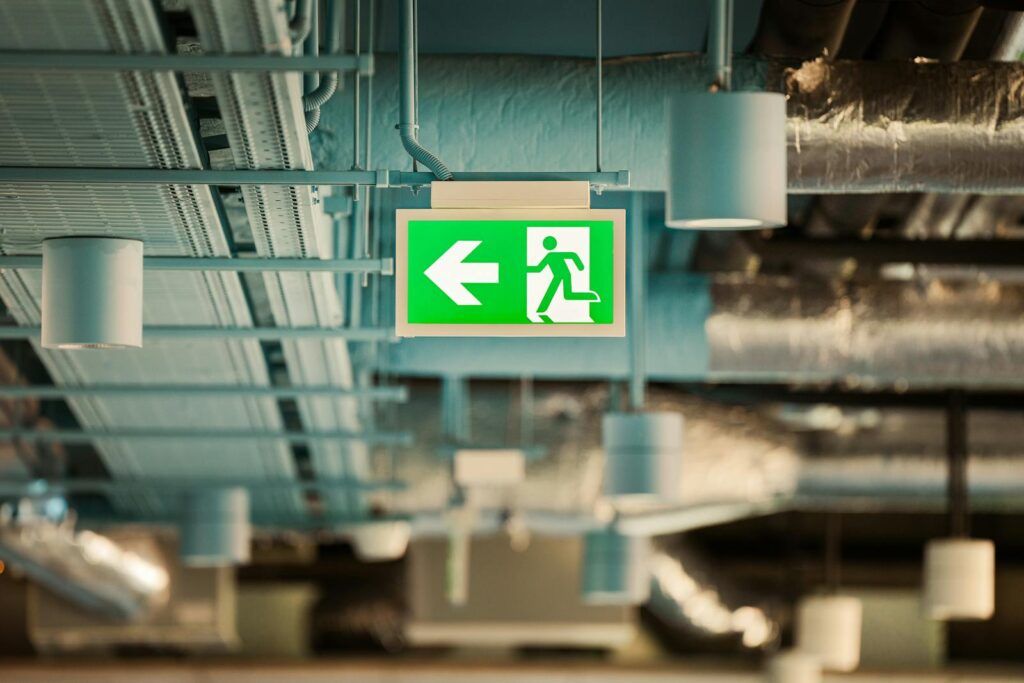
7. **Give Yourself an Exit Strategy: Reclaim Control in Anxious Situations**Anxiety often stems from a profound feeling of being out of control, a sensation that can be particularly debilitating in social situations or new environments. The prospect of being trapped, unable to escape an uncomfortable or overwhelming scenario, frequently leads individuals to decline invitations and retreat from potentially enriching experiences, spending weekends feeling miserable.
Instead of allowing this fear to dictate your choices, a powerful and practical technique is to develop an “exit strategy” before you even leave the house. This isn’t about avoiding situations entirely, but rather about proactively identifying your triggers and devising a clear plan for how you will cope if anxiety starts to build and you feel you can’t handle another minute of interaction.
Consider a simple, yet highly effective, example: if attending a party with friends, opt to drive yourself instead of carpooling. This small act of autonomy provides the immediate freedom to leave if your anxiety begins to escalate beyond a manageable point. Such an arrangement can alleviate the pressure of feeling beholden to others’ schedules, giving you back a crucial sense of self-determination.
The underlying principle here, as emphasized in the context, is that “The more in control you feel, the less anxiety you’ll have.” Implementing these proactive steps transforms potentially debilitating situations into manageable ones. By creating a clear pathway to disengage when necessary, you empower yourself, turning avoidance into a confident, prepared engagement with life’s challenges. This strategic planning cultivates an inner calm, knowing you have options.
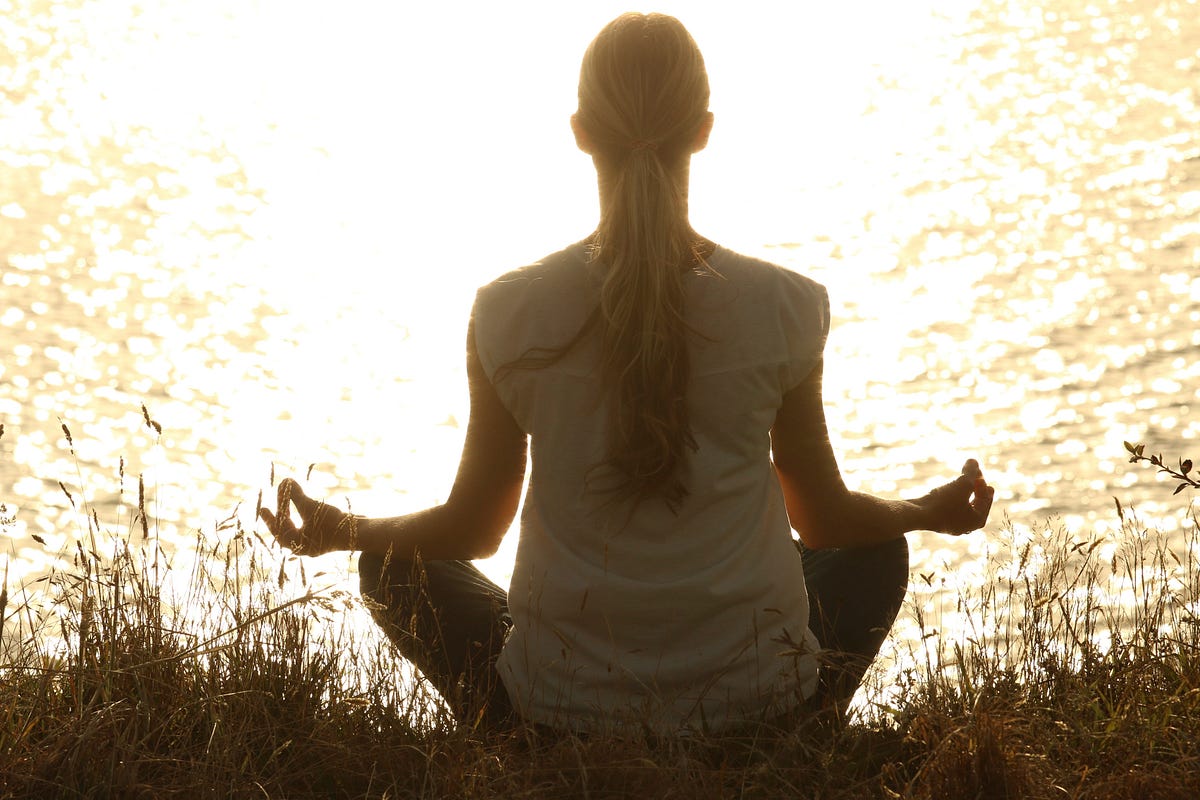
8. **Live in the Moment: Cultivate Mindfulness and Meditation**For many individuals living with anxiety disorders, the mind exists in a perpetual state of future projection or past regret. This incessant mental activity, often described as an internal alarm system stuck in overdrive, prevents genuine engagement with the richness of the present moment. Worrying about next week’s meeting or obsessing over yesterday’s mistakes becomes a default setting.
The practice of “living in the moment,” primarily cultivated through mindfulness and meditation, offers a profound antidote to this pattern. These techniques are rooted in training your attention to the present without judgment. They help interrupt racing thoughts, allowing you to observe your internal experiences—thoughts, feelings, and sensations—without getting entangled in them or letting them dictate your emotional state.
Mindfulness-Based Stress Reduction (MBSR) research consistently demonstrates that these practices can significantly reduce anxiety symptoms. By focusing on the ‘here and now’, you create a mental space that diminishes rumination about potential future threats or unchangeable past events. This shift in focus is crucial for reducing the “loudness,” “persistence,” and “false alarms” that psychologist Craig N. Sawchuk describes as characteristic of an anxious mind.
Integrating even a few minutes of daily meditation can make a significant difference over time. Popular styles for anxiety include guided meditation for beginners, loving-kindness meditation for self-compassion, and breath awareness meditation for focused attention. The beauty of these practices lies in their accessibility; you can engage in them anywhere – in bed, at your work desk, or even during your commute home, gradually increasing the duration as comfort grows.
Practical mindfulness exercises, such as the 5-4-3-2-1 Grounding technique, further anchor you in the present. This involves noticing five things you see, four things you hear, three things you touch, two things you smell, and one thing you taste. Another effective method is a body scan meditation, where you systematically focus attention on each part of your body. These simple yet powerful methods help you reconnect with your immediate surroundings and internal sensations, providing a tangible way to diffuse mounting anxiety.
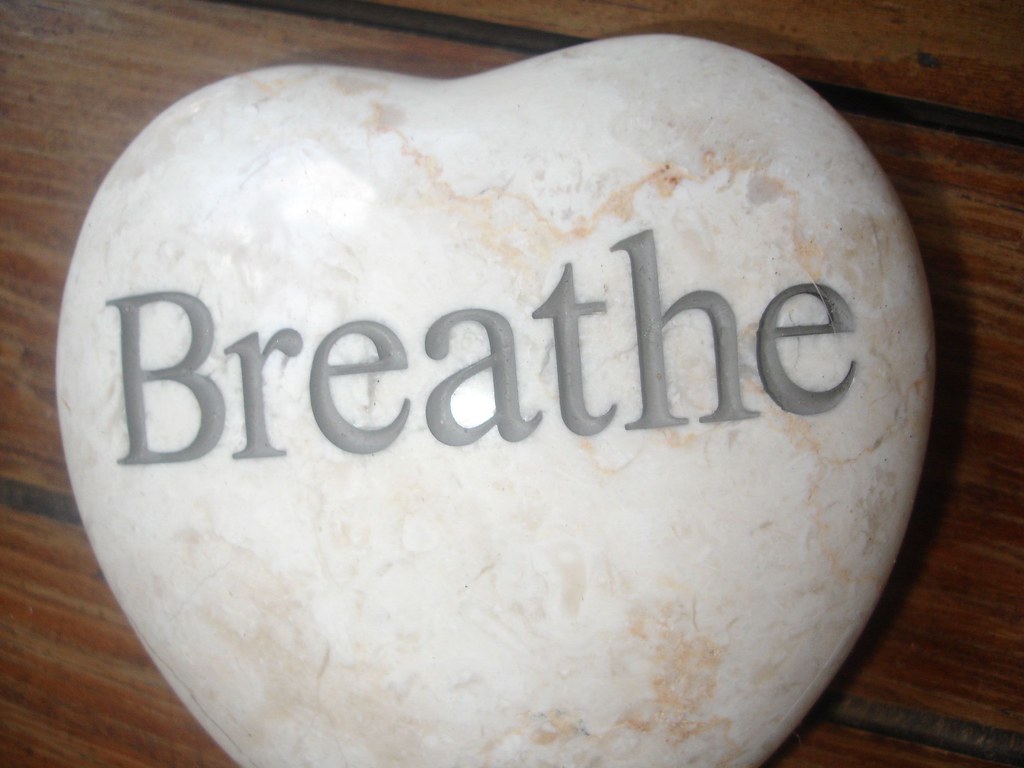
9. **Engage Mind-Body Techniques: Deep Breathing and Progressive Muscle Relaxation**Beyond general physical activity, specific mind-body techniques offer targeted ways to calm the nervous system and directly alleviate the physical manifestations of anxiety. When anxiety is heightened, our breathing naturally becomes shallow and rapid, a physiological response that can inadvertently worsen anxious feelings. Consciously addressing this physical component is a vital step in de-escalation.
Deep breathing, often referred to as diaphragmatic breathing, is a foundational technique. It strategically activates the parasympathetic nervous system, which is responsible for the body’s “rest and digest” response, effectively signaling to your system that it is safe to relax. Even just five minutes of slow, intentional breathing can significantly lower your heart rate and reduce overall tension.
Two highly effective deep breathing methods include the 4-7-8 technique—inhaling gently for four counts, holding the breath for seven counts, and then exhaling completely through pursed lips for eight counts, repeating this cycle four to eight times. Another is box breathing, where you inhale for four counts, hold for four counts, exhale for four counts, and hold again for four counts. These structured breathwork patterns help to regulate your breathing, bringing immediate calm.
Progressive Muscle Relaxation (PMR) is another potent mind-body practice. This technique involves systematically tensing and then consciously releasing different muscle groups throughout the body. You typically start with your toes and gradually work your way upwards, tensing each group for approximately five seconds before completely releasing it and noticing the distinct sensation of relaxation.
The systematic practice of PMR heightens your awareness of the contrast between tension and relaxation, enabling you to identify and voluntarily release muscular tightness that often accompanies anxiety. These low-cost or no-cost techniques are largely self-driven, making them accessible anytime, anywhere through various resources. Consistent engagement with these relaxation skills builds a solid foundation for managing anxiety, improving mood, and fostering enduring emotional resilience.

10. **Challenge Anxious Thoughts: Implement Cognitive Restructuring**At the core of managing anxiety effectively lies the ability to identify and challenge the distorted thought patterns that often fuel it. Cognitive Behavioral Therapy (CBT) is a widely researched and highly effective psychotherapy technique renowned for empowering individuals to restructure these negative mental habits. As Dr. Craig N. Sawchuk affirms, “There’s decades of research that has shown its effectiveness.”
In CBT, your therapist acts as a coach, helping you understand how your anxiety creates interconnected cycles of thinking, feeling, and behaving. A key component is cognitive restructuring, where you learn to detect automatic negative thoughts and actively replace them with more balanced and realistic perspectives. For example, confronting a thought like “I’ll mess this up” before a presentation, by challenging it and reframing it as “I’ve prepared and I can handle this,” can significantly alter your emotional response.
The ABCDE Method provides a structured approach to this challenging process: **A**dversity—identifying the triggering event; **B**elief—noticing your automatic thoughts about that event; **C**onsequences—observing your emotional and physical responses; **D**isputation—actively challenging the negative thoughts, questioning their accuracy and usefulness; and finally, **E**nergization—feeling empowered by adopting a new, more positive or realistic perspective. This systematic approach transforms passive rumination into active problem-solving.
Complementing cognitive restructuring are thought-stopping techniques. When anxious thoughts begin to spiral and feel overwhelming, a simple yet powerful intervention is to mentally or even audibly say “STOP.” This deliberate interruption creates a critical pause, allowing you to take three deep breaths and consciously replace the negative thought with a positive affirmation or redirect your attention to a grounding activity, breaking the cycle of escalating worry.
Like physical therapy, the “real work” of cognitive behavioral therapy happens between appointments through consistent practice. By diligently learning to identify the patterns your anxiety creates and actively applying these challenging and restructuring techniques, you develop a healthier early-warning system. This empowers you to head off anxiety cycles before they gain momentum, building lasting coping skills and a greater sense of control over your mental health.
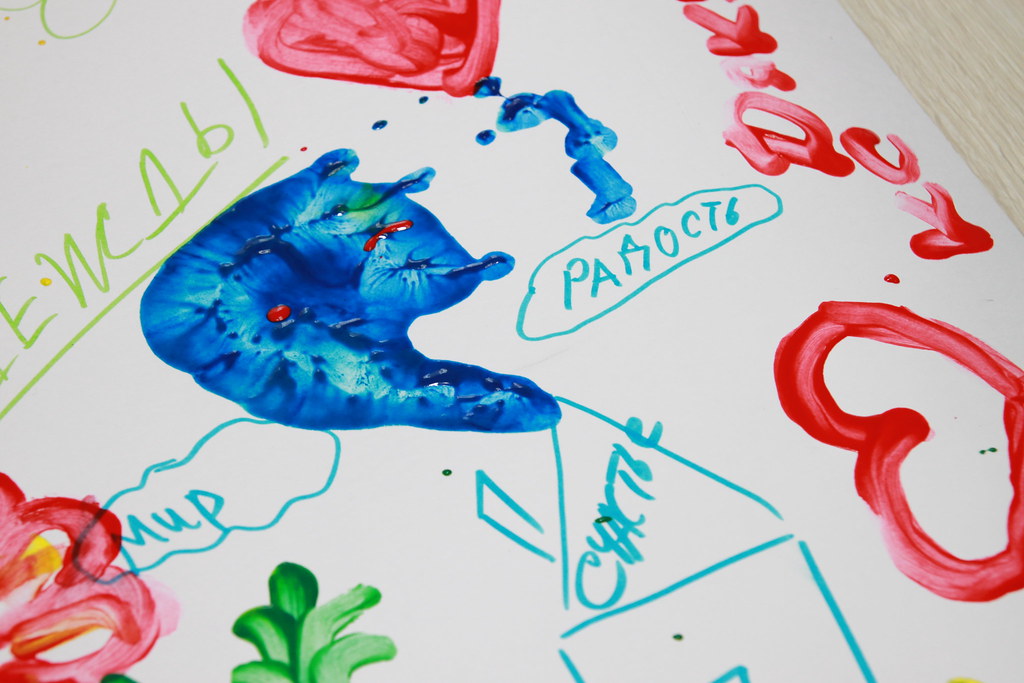
11. **Strengthen Your Social Connections: The Power of Peer Support**Human beings are fundamentally social creatures, and the strength of our social connections is a vital determinant of mental well-being. Conversely, isolation and a lack of supportive relationships can significantly exacerbate anxiety symptoms, making it much harder to cope with life’s daily stressors and maintain emotional equilibrium.
Actively nurturing and building a strong support network is therefore a crucial anxiety management technique. This doesn’t necessarily demand a vast circle of acquaintances, but rather a connection with understanding friends, family members, or community groups you can genuinely turn to. Engaging in community activities or joining anxiety support groups can provide a safe, empathetic environment to share challenges and receive validation from those who truly understand.
Peer recovery coaching offers a uniquely potent form of social support. Certified peer recovery specialists possess invaluable lived experience with both anxiety and the recovery process, enabling them to provide authentic, non-judgmental guidance. They can offer personalized one-on-one support, facilitate group sessions where shared struggles foster connection, and assist individuals in navigating anxiety, particularly in early recovery from substance use.
These coaches play a pivotal role in developing holistic wellness plans, integrating anxiety management with broader recovery goals, and connecting individuals to essential community resources. They provide ongoing accountability and encouragement, offering practical coping strategies for dual challenges. The integration of anxiety management with recovery goals highlights a comprehensive approach to mental well-being, where social bonds reinforce resilience.
Research consistently underscores the profound impact of social support, indicating that it can significantly mediate perceived stress levels, thereby reinforcing its critical importance in effectively managing anxiety. By consciously fostering these connections—whether it’s through simple conversations with a trusted friend, volunteering, or engaging in structured peer support—you actively counteract the isolating nature of anxiety and build a robust foundation of resilience rooted in shared experience and mutual understanding.

12. **Explore Creative and Expressive Therapies: Journaling, Art, and Music**Beyond conventional therapeutic approaches, creative and expressive therapies offer unique, non-verbal avenues for processing emotions and alleviating stress. These practices provide an invaluable emotional outlet, enabling individuals to externalize and confront feelings and experiences that might otherwise be difficult to articulate or acknowledge verbally.
Journaling stands out as a remarkably accessible and effective tool for anxiety management. The consistent practice of writing down thoughts and emotions can bring clarity to internal states, help identify recurring patterns of worry, and provide a fresh perspective on anxieties. This act of deliberate processing can prevent rumination, thereby reducing the intensity and duration of anxious thoughts.
Engaging in visual arts, such as drawing or painting, offers another powerful means of non-verbal expression. Without the pressure of finding the right words, individuals can convey complex feelings, release pent-up stress, and discover a profound sense of catharsis. Similarly, music therapy, whether through passively listening to calming melodies, actively playing an instrument, or engaging in dancing, strategically combines movement with expression to soothe the mind and reduce physical and emotional tension.
These creative outlets are not merely diversions; they are integral components that can be seamlessly integrated into a comprehensive, holistic wellness plan. They offer varied and complementary approaches to self-care, enriching an individual’s toolkit for emotional regulation. By allowing for non-verbal exploration of one’s internal landscape, creative therapies support and enhance other anxiety management techniques, fostering greater emotional intelligence and long-term psychological resilience.
The benefits extend to a deeper sense of self-discovery and accomplishment. These therapies empower individuals to tap into different facets of their being, providing alternative channels for self-expression and stress reduction. They validate the idea that healing and growth can manifest in diverse forms, supporting a more flexible and adaptive response to anxiety in daily life.
As we’ve explored throughout this comprehensive guide, managing anxiety without medication is not only achievable but can lead to profound personal growth and lasting well-being. By diligently integrating these evidence-based techniques—from embracing physical release and optimizing sleep to cultivating mindfulness, challenging anxious thoughts, strengthening social connections, and exploring creative expression—you build a resilient, personalized toolkit. Remember that anxiety management is a continuous journey, demanding patience and a commitment to consistent practice rather than striving for perfection. Actively modifying your behavior, thoughts, and lifestyle empowers you to reclaim control. Should your symptoms persist, worsen, or begin to significantly interfere with your daily life, it is crucial to consult a healthcare professional. Whether you embark on a drug-free approach, complement an existing medication regimen, or seek advanced therapeutic support like CBT or peer coaching, remember that anxiety does not control your life. With the right strategies, unwavering support, and personal commitment, you can cultivate inner peace and lead a truly fulfilling life.



